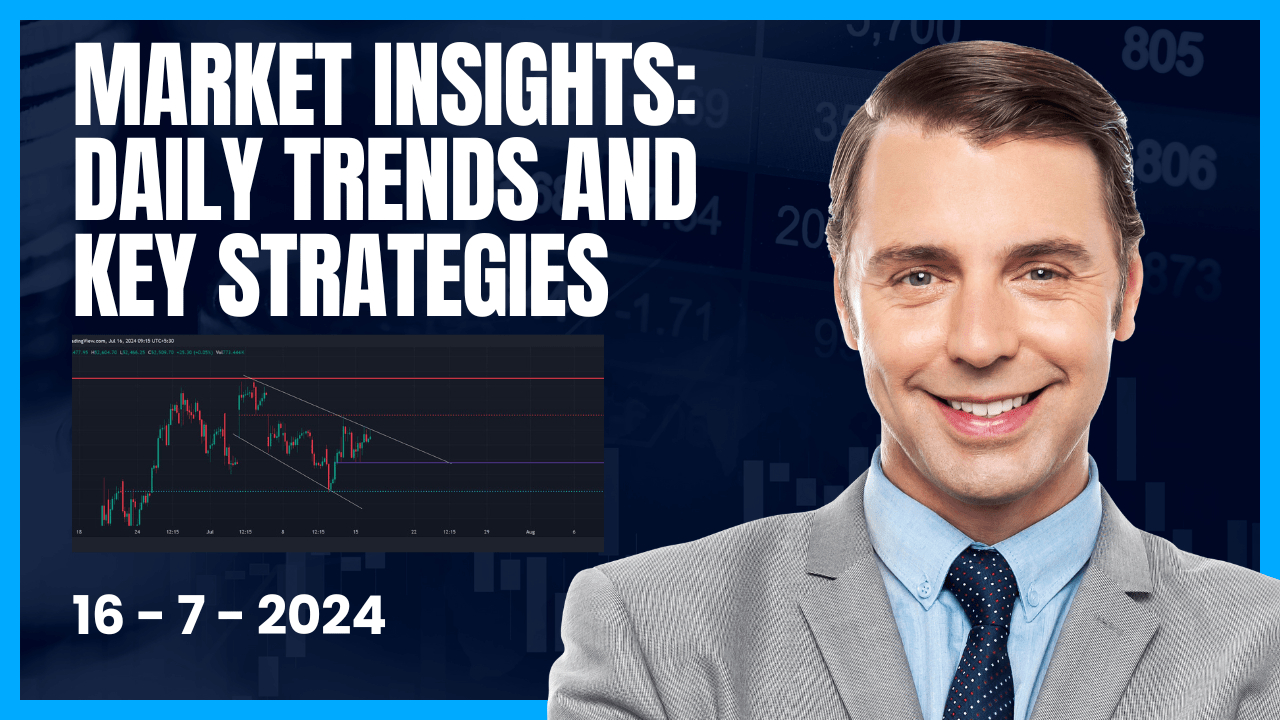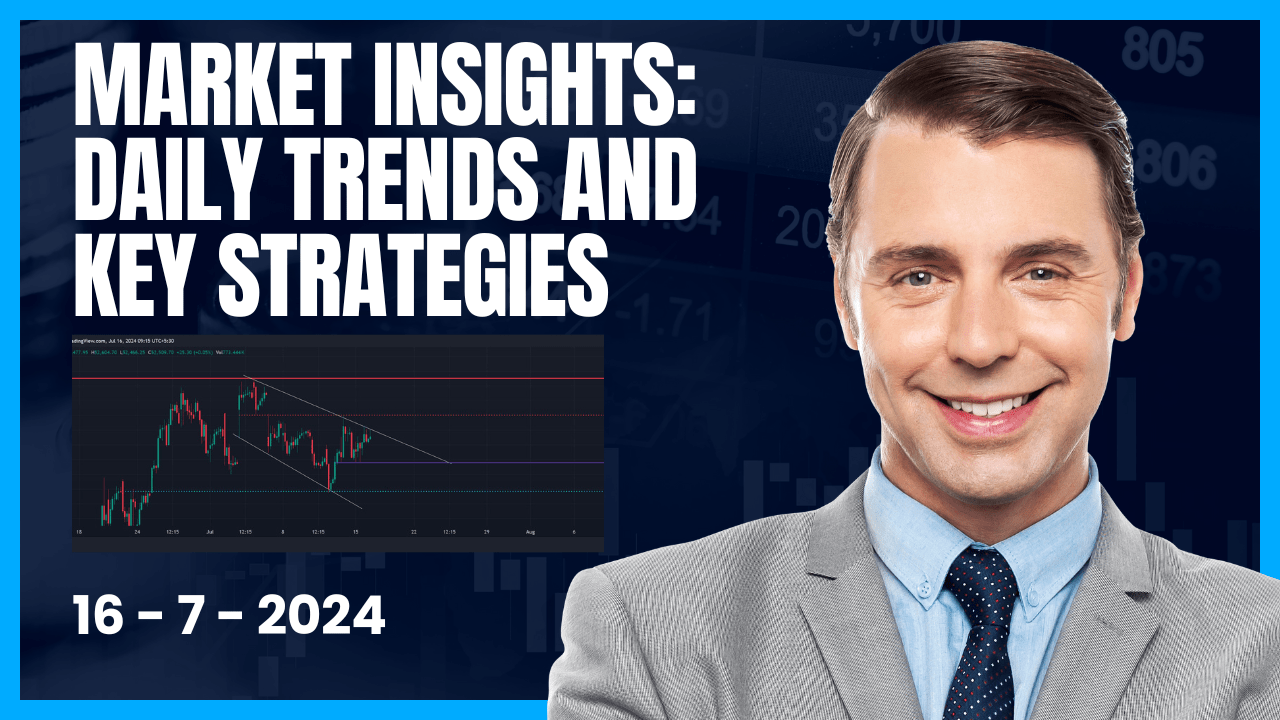Table of Contents
Introduction:
Welcome to the exciting world of stock market investing! Whether you are a seasoned trader or just starting your journey, understanding the concept of implied volatility is vital to your success. Implied volatility, often referred to as IV, is a key parameter that measures the market’s expectations of future price fluctuations. By grasping the intricacies of implied volatility, you gain valuable insights into market sentiment and can make more informed investment decisions.
In this guide, we will take you on a journey through the depths of implied volatility, exploring its definition, calculation methods, and most importantly, its significance in the stock market. Buckle up as we demystify the complexities of implied volatility and equip you with the tools and knowledge necessary to navigate the turbulent waters of the stock market like a seasoned pro.

Key Points
- Implied volatility is a measure of the market’s expectation for future price changes in a security.
- It is used to price options contracts, with higher implied volatility leading to higher option premiums.
- Implied volatility is influenced by factors such as supply and demand and the time value of the option.
- It tends to increase in bearish markets and decrease in bullish markets.
- Implied volatility doesn’t predict the direction of price changes, but rather the magnitude of potential swings.
- Implied volatility affects the pricing of other financial instruments like interest rate caps.
- Option pricing models, such as the Black-Scholes and Binomial models, are used to determine implied volatility.
- Implied volatility helps quantify market sentiment and uncertainty but is solely based on prices, not fundamentals.
- It is sensitive to unexpected factors and news events that can impact market sentiment.
- Traders and investors analyze implied volatility using tools like the VIX to compare securities and form trading strategies.
How much IV is good for options?
It is measured on a scale from 0 to 100. IVP of 0 to 20 is regarded as extremely low IV, 20 to 45 is low, and here, traders look for buying options. IVP above 75 is regarded as extremely high IV, and traders typically look for selling options.
Is implied volatility bullish or bearish?
Implied volatility works by measuring price fluctuations against the backdrop of market risk. When the market has bearish leanings, there’s generally an uptick in implied volatility. Conversely, implied volatility decreases when the market turns bullish.
How is IV calculated?
Implied volatility is calculated by taking the market price of the option, entering it into the Black-Scholes formula, and back-solving for the value of the volatility. But there are various approaches to calculating implied volatility.

I. Understanding Implied Volatility: What is it, and Why Does it Matter?
Implied volatility represents the expected future price range of a stock or an underlying asset within a given timeframe. It is derived from the prices of options contracts and reflects the market’s perception of potential price swings. Implied volatility acts as a barometer of uncertainty and market sentiment, indicating the level of risk associated with a particular stock or market.
Calculating implied volatility involves utilizing complex mathematical models such as the Black-Scholes model. This model estimates the expected volatility based on various inputs, including the stock price, strike price, time to expiration, risk-free interest rate, and the price of the options contract itself. By analyzing implied volatility, traders and investors can assess the market’s expectations and adjust their strategies accordingly.
II. Implied Volatility and Options Trading: A Symbiotic Relationship
Options trading and implied volatility share a symbiotic relationship. Implied volatility plays a significant role in determining the price of options contracts. When implied volatility is high, options prices tend to be more expensive, as the market perceives a greater probability of significant price movements. Conversely, when implied volatility is low, options prices decrease, reflecting a lower expectation of price swings.
Understanding implied volatility is essential for options traders, as it affects the profitability of their strategies. For example, if you are considering buying options, high implied volatility may increase the cost of the contract. On the other hand, if you are an options seller, higher implied volatility can provide opportunities to collect higher premiums, assuming you correctly predict the future price movement.

III. Factors Affecting Implied Volatility: What is a good implied volatility?
Implied volatility is influenced by various factors, including:
- Market Sentiment: Market sentiment, driven by economic news, geopolitical events, and investor behavior, can significantly impact implied volatility. Uncertainty and fear often lead to higher implied volatility, while periods of stability and confidence may result in lower implied volatility.
- Earnings Announcements: Earnings reports are closely watched by investors, as they provide insights into a company’s financial health. The anticipation of earnings announcements can cause a spike in implied volatility, as market participants assess the potential impact on the stock’s price.
- Macroeconomic Factors: Economic indicators, such as GDP growth, inflation rates, and interest rate changes, can influence implied volatility. Unexpected economic events or policy decisions may trigger heightened market volatility, thereby affecting implied volatility levels.
- Supply and Demand Dynamics: Implied volatility can also be influenced by supply and demand dynamics within the options market. Increased demand for options contracts can drive up implied volatility, while a lack of interest may result in lower implied volatility.

IV. Harnessing the Power of Implied Volatility: Strategies for Success
- Option Buying Strategies: When implied volatility is low, options buying strategies, such as long straddles or long strangles, can be advantageous. These strategies involve purchasing both call and put options to profit from anticipated price swings.
- Option Selling Strategies: In periods of high implied volatility, option selling strategies, such as covered calls or cash-secured puts, can be lucrative. By collecting premiums from writing options contracts, traders can generate income while managing risk.
- Volatility Trading: Sophisticated traders can directly trade implied volatility using volatility exchange-traded products (ETPs). These ETPs provide exposure to volatility indexes and can be used to hedge or speculate on market volatility.
- Risk Management: Implied volatility should not be viewed in isolation. Proper risk management techniques, such as setting stop-loss orders, diversifying your portfolio, and employing appropriate position sizing, are essential to navigate the potential pitfalls of volatile markets.

Pros and Cons of Using Implied Volatility
PROS of Implied Volatility:
- Sets option prices
- Guides trading strategies
- Measures uncertainty and market sentiment
CONS of Implied Volatility:
- Not based on market fundamentals
- Affected by uncertain events and natural disasters
- Predicts movement, not direction
V. Frequently Asked Questions about Implied Volatility
- Can implied volatility predict future stock prices? While implied volatility provides insights into market expectations, it does not guarantee accurate predictions of future stock prices. It is crucial to consider other fundamental and technical analysis tools in conjunction with implied volatility when making investment decisions.
- How can I access implied volatility data? Implied volatility data is readily available through various financial platforms, brokerage firms, and options exchanges. These platforms offer historical and real-time implied volatility information, allowing traders and investors to make informed decisions.
- Is implied volatility the same for all options? No, implied volatility can vary among different options contracts of the same underlying asset. Implied volatility depends on factors such as the option’s expiration date, strike price, and distance from the current stock price.
VI. Wrapping Up: Navigating the Stock Market’s Volatility
In conclusion, implied volatility is a powerful tool that provides valuable insights into market sentiment and future price expectations. By understanding and harnessing the power of implied volatility, traders and investors can make informed decisions and navigate the turbulent waters of the stock market with confidence.
Remember, mastering implied volatility requires continuous learning, practice, and adapting to changing market conditions. Stay curious, explore various strategies, and always consider risk management as an integral part of your investment approach.
Now that you have unlocked the mysteries surrounding implied volatility, it’s time to embark on your stock market journey armed with newfound knowledge. May your investments be fruitful, and your ventures prosperous!
VII. Disclaimer
The information provided in this blog post is for educational and informational purposes only. It should not be construed as financial advice or a recommendation to buy or sell any securities. Always do your own research and consult with a qualified financial advisor before making investment decisions.
Also Read This : Implied volatility
Previous Post : Open Interest and Price Action: Decoding the Relationship in the Stock Market











